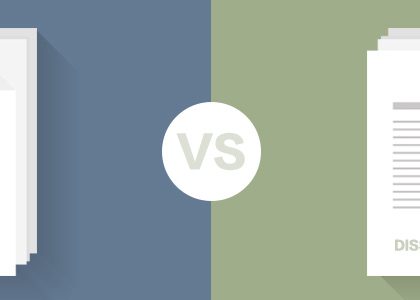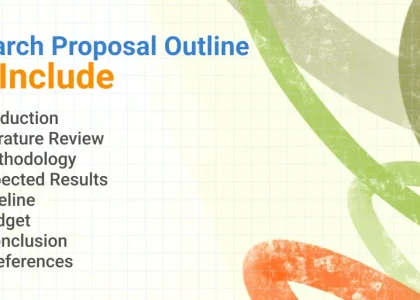Writing a dissertation is a critical academic milestone, requiring proper organization and structure. A well-structured dissertation ensures clarity, coherence, and logical progression of ideas. Below is a step-by-step guide on how to structure a dissertation effectively.
1. Title Page
The title page is the first page of your dissertation and should include:
- Dissertation title
- Your name
- Institution name
- Degree program
- Submission date
Ensure your title is concise yet descriptive, giving a clear indication of your research focus.
2. Abstract
The abstract is a summary of your dissertation, typically 150-300 words long. It should include:
- Research aims and objectives
- Brief methodology
- Key findings
- Conclusion
A well-written abstract provides readers with an overview of your research and encourages them to read further.
3. Acknowledgements
This section is optional but allows you to express gratitude to individuals who contributed to your dissertation, such as advisors, peers, or family members.
4. Table of Contents
A structured table of contents helps readers navigate your dissertation easily. Include all major sections and sub-sections with corresponding page numbers.
5. List of Figures and Tables (if applicable)
If your dissertation includes charts, graphs, or tables, list them in this section with their page numbers for quick reference.
6. Introduction
The introduction sets the stage for your research. It should include:
- Background information on the topic
- Research problem and objectives
- Importance of the study
- Outline of dissertation structure
A compelling introduction hooks the reader and provides context for your research.
7. Literature Review
The literature review evaluates existing research related to your topic. Key elements include:
- Overview of previous studies
- Identification of gaps in research
- Theoretical frameworks
- Justification for your study
This section demonstrates your understanding of the field and establishes a foundation for your research.
8. Methodology
The methodology explains how you conducted your research. It should cover:
- Research design (qualitative, quantitative, or mixed methods)
- Data collection techniques
- Sampling methods
- Data analysis procedures
A clear methodology allows for replication and validates your research approach.
9. Results
In this section, present your findings without interpretation. Use tables, charts, and graphs to support your results clearly and concisely.
10. Discussion
The discussion interprets and analyzes the results in relation to your research question. It should include:
- Explanation of key findings
- Comparison with existing literature
- Implications of findings
- Limitations of the study
A well-structured discussion links your research to the broader academic context.
11. Conclusion
The conclusion summarizes your dissertation’s key findings and their significance. It should:
- Restate research objectives
- Highlight major findings
- Suggest future research directions
- Provide final thoughts
Keep the conclusion concise and impactful.
12. References/Bibliography
List all sources cited in your dissertation using the required referencing style (APA, MLA, Harvard, etc.). Ensure accuracy to avoid plagiarism.
13. Appendices (if applicable)
Include additional materials such as raw data, questionnaires, or interview transcripts in the appendices if they support your research.
Final Thoughts
A well-structured dissertation enhances readability and comprehension. By following this format, you can present your research in a logical, coherent manner. Plan ahead, stay organized, and adhere to institutional guidelines to produce a high-quality dissertation.
Good luck!
Related:
- UK Dissertation Word Count Breakdown Calculator!
- 20000 word dissertation structure
- 12000 Word Dissertation Structure – Breakdown Calculator
- 7000 Word Dissertation Structure – Complete Guide
- 6000 word dissertation structure
- 5000 Word Dissertation – A Guide on Structure and Format






